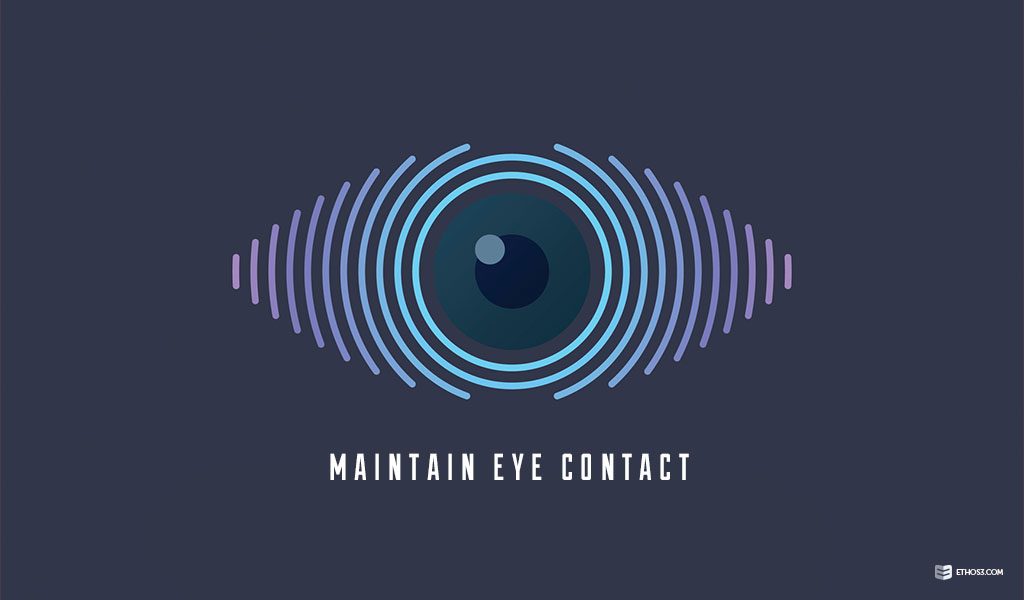You’ve probably heard it a million times before: It’s not what you say, it’s how you say it. And that advice rings especially true when it comes to public speaking. Of course, the content of your presentation is important, but how you carry yourself when presenting that content is equally critical to ensure the message you’re sending is well-received.
Applying the following body language tips to your next presentation will make you appear confident, secure, and self-assured when you speak (even if you don’t quite feel that way).
Loosen Up (Literally)
Amy Cuddy, Harvard professor, body language expert, and author of the explosively-popular book Presence: Bringing Your Boldest Self to Your Biggest Challenges, suggests that one of the best things you can do to command a room is loosen up your muscles beforehand. She advises that actively relaxing your shoulders, neck, and jaws before walking on stage will reduce your anxiety while improving your confidence levels. This works because our emotions respond to the physical state of our bodies, so if we’re physically relaxed, we’ll feel more relaxed on a psychological level as well.
Tap Into Your Emotions
In order for an audience to connect to you and your idea, they need to feel emotionally engaged. And audiences tend to mimic the feelings and emotions of the person presenting a topic, so if they can sense that you’re emotionally invested by the way you carry yourself, then they’ll be more invested too. Right before you present, spend time tapping into the emotions behind your topic. How do you, personally, emotionally connect to it? Why is it important to you? How does it make you feel? Asking yourself these questions will ensure that you appear connected to your topic on stage so your audience can connect too.

Maintain Eye Contact
Just as strong eye contact makes you appear more confident in one-on-one conversations, it does the same when you’re public speaking. Maintaining steady eye contact with your audience sends a message that you really want to be there and that you’re committed to the message you’re delivering all the while helping the audience relate to you on a human level. Of course, it’s not possible to look every single person in your audience in the eye the whole time; instead, just grab the gaze of a few specific individuals or small groups at a time, taking care to do that throughout the room.
Move Around
A surefire way to tell your audience that you’re nervous and not confident in your message is by delivering a stiff and stagnant presentation. But in addition to making you appear nervous, it also makes you seem less human. Human beings are drawn to movement. It prevents us from boredom, helps our minds stay engaged, and gives us more to look at than the presenter’s nervous face. Moving during your presentation will also help you emphasize important points and signify when it’s time for a break.
Smile Warmly and Openly
Whether you’re presenting to an audience or passing someone on the street, genuine smiles do so much to open the door for connection and communication—they make people feel more at ease, more open, and more inclined to listen to what you have to say. Additionally, because audiences often unconsciously mimic the emotions of the presenter, if you step on stage with a wide-open, sincere smile, you can bet that you’ll uplift the whole room, which sets a perfect tone to begin your presentation.
Looking for more ways to improve your presentations? Then check out Ethos3’s Catapult Training.